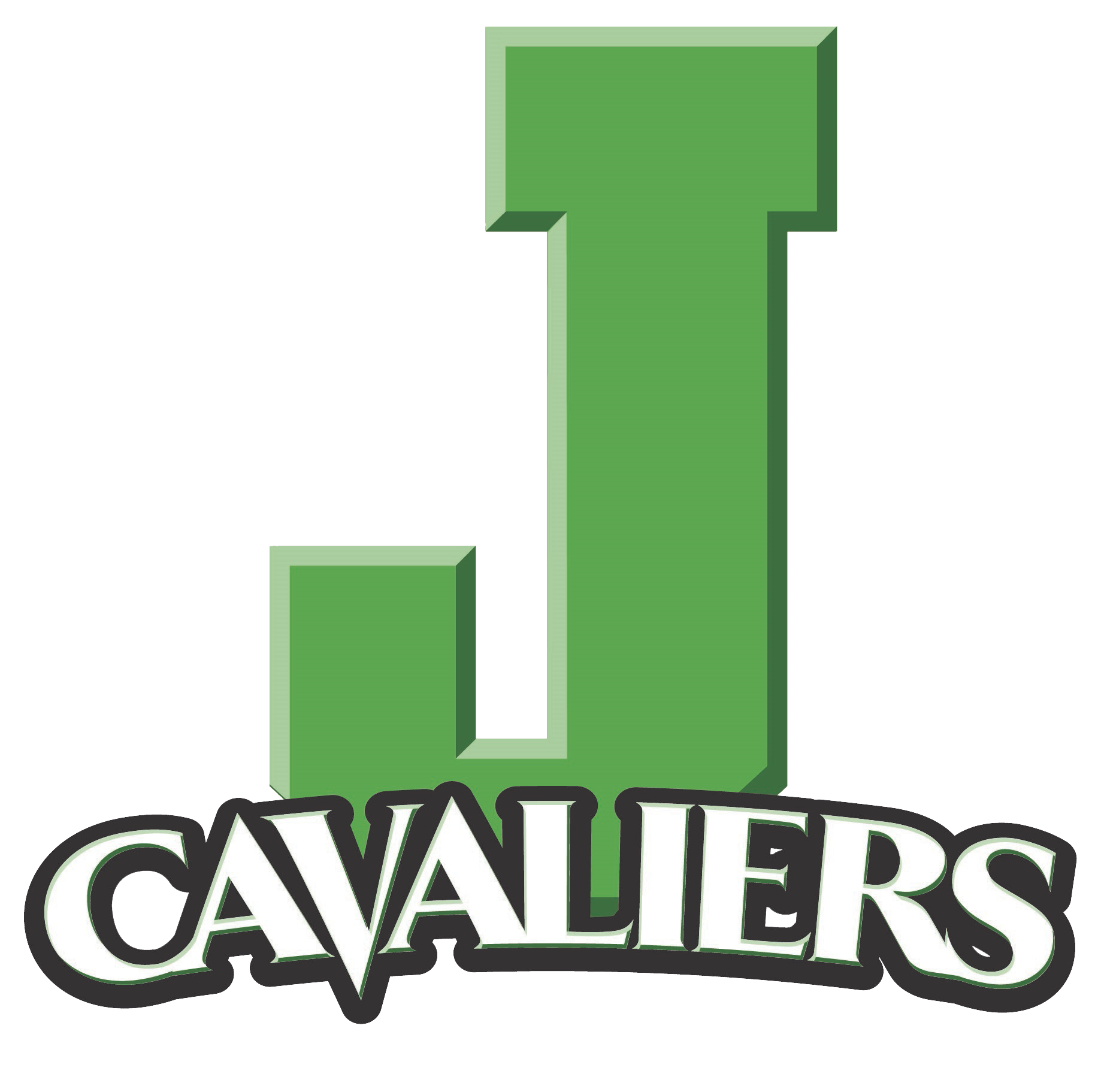Skip to content
Proficient in Reading:
Elementary: 30% Middle: 25% High: 45%
Distinguished in Reading:
Elementary: 13% Middle: 13% High: 3%
Proficient in Math:
Elementary: 12% Middle: 24% High: NR
Distinguished in Math:
Elementary: 4% Middle: 5% High: NR
Link to the Document
for
School Name
Jenkins Independent School
